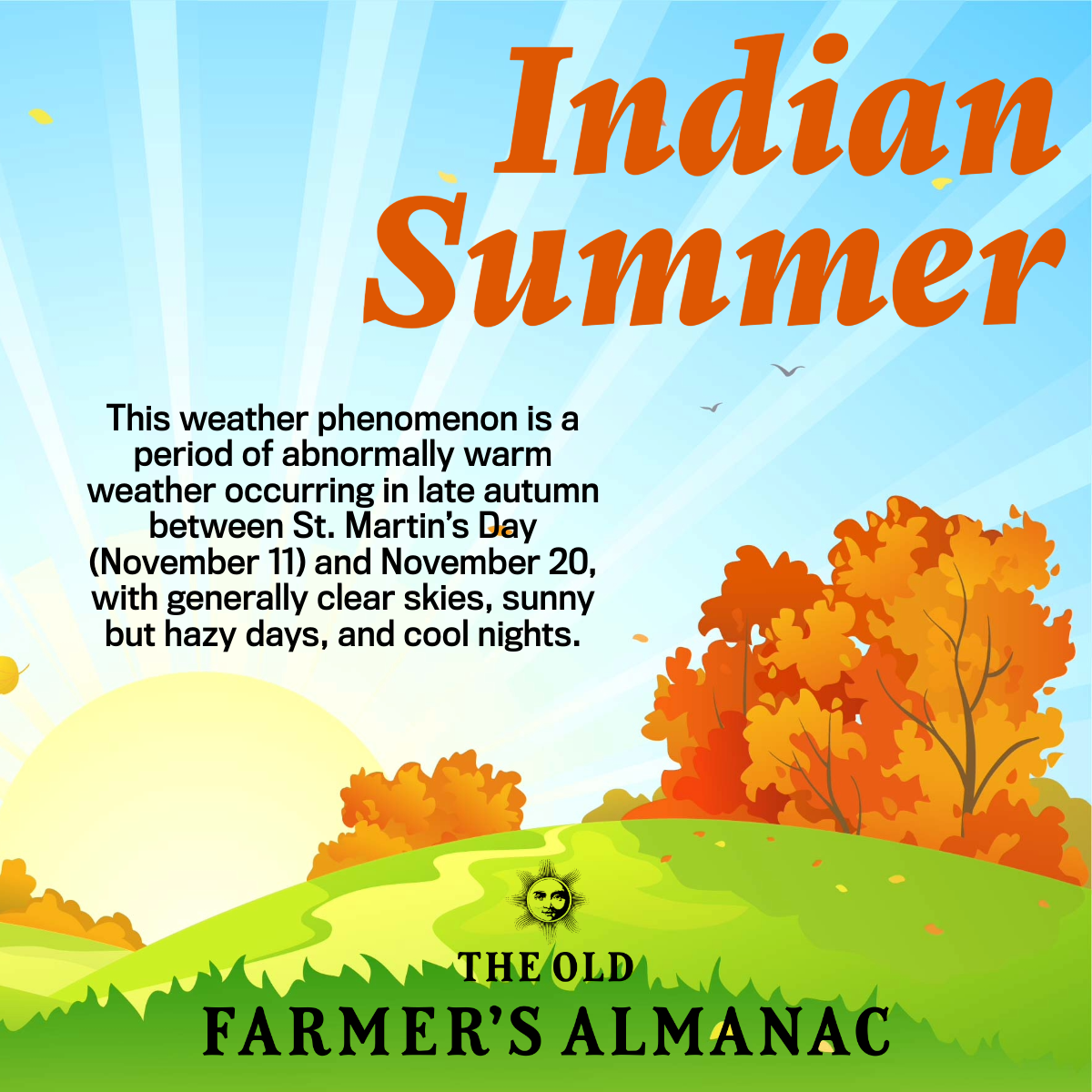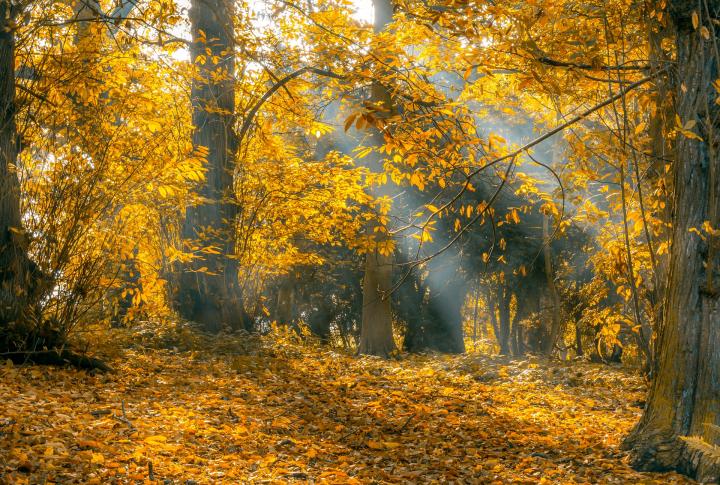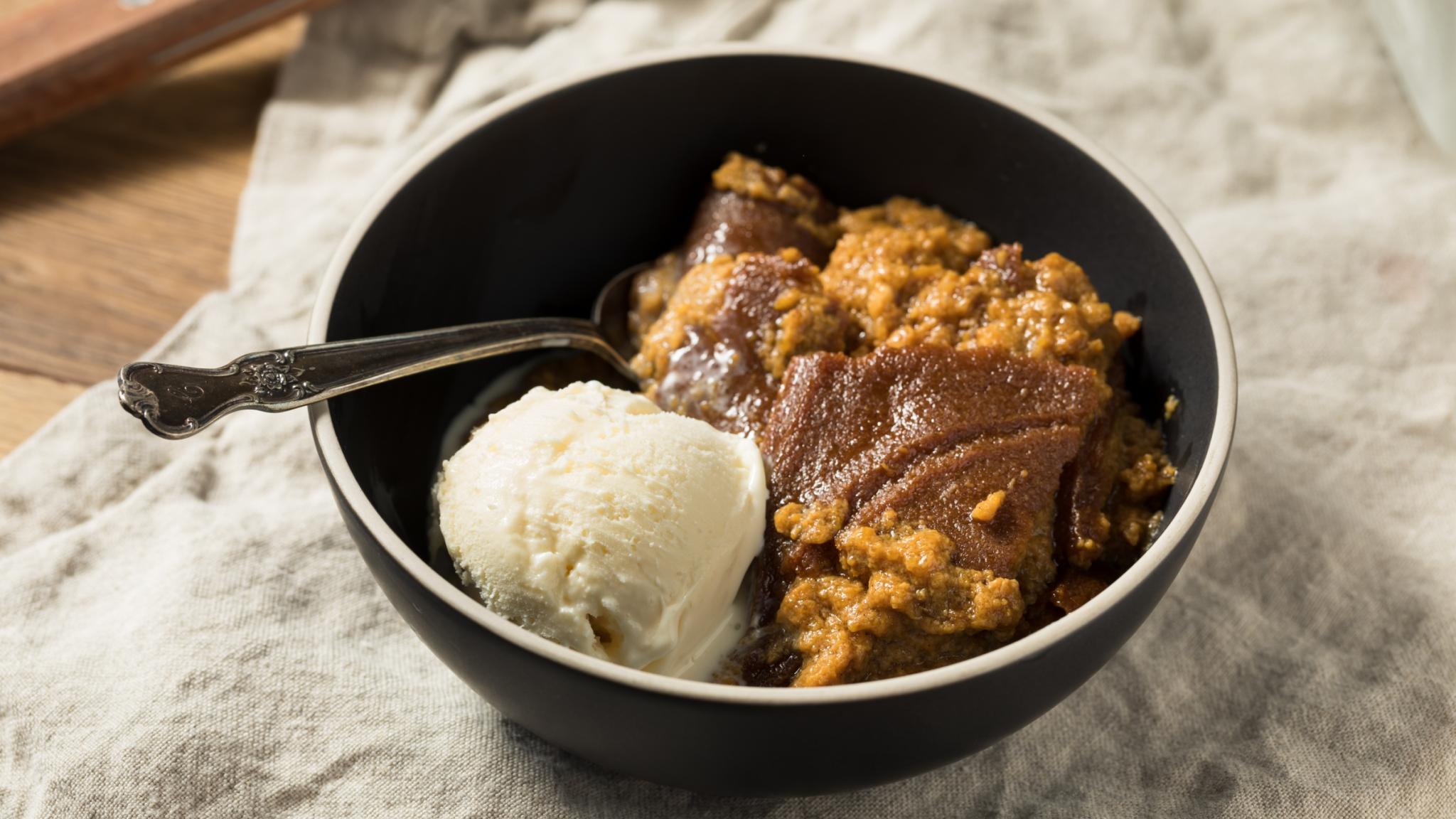
Where Did This Term Originate and What is its Definition Today?
ADVERTISEMENT
I hope you people know that Indian summers don’t exist. It’s climate change. It’s not supposed to be warm during the fall. Don’t be stupid and do some research.
The terms Indian Summer and Indian Pudding are inappropriate and should not even be mentioned in 2024. We know this history. I don’t have to spell it out for you.
Call it Corn pudding, second summer, acknowledge the contributions of Indigenous peoples to the culture and survival of settlers. Thank you
We are here on the north shore of Lake Erie. The weather is very much the same as Michigan. This year 2024 we are having a lovley second summer, some of my flowers are blooming again, but the nights are getting colder by the day. Some have even reached below freezing, but warming quickly because the warmth of the day is strong. I love this time of year with anticipation of the first snow.
Here in zone 6B in Michigan, we have had a killing frost and a few nights with temperatures below freezing. Although the next 10 days we will see highs in the mid to upper 50s during the day and lows in the mid-30s at night, it certainly won't be what I would consider T-shirt, shorts, and flip-flop weather. We don't want it to get too warm though, as November 15th is the opening day of the firearm deer hunting season. If it is too warm, that freshly harvested meat could spoil before it gets processed. Personally, I am already looking forward to spring and summer!!
I'm also from Michigan, middle of the mitt. Same weather forecast here. Hunters prefer colder Temps for deer harvest, but I agree with you..looking forward to spring and summer weather.
We have had a hard freeze and several very cold days. All Saints Day was quite cold. Our forecast for the next week features highs in the 60s and 70s. I believe this fits the definition of "Indian Summer." I enjoyed reading the passage from the Omaha World-Herald as I live in Omaha. I had read once that the term was used by the Plimoth settlers who were instructed by the Wampanoag to anticipate a warm period to allow them to gather more winter stores and that was part of the origin of the First Thanksgiving. I am a descendent of Mayflower passengers John Howland and Elizabeth Tilley through those who left Massachusetts Bay to settle in Rhode Island, so the Narragansett reference also piqued my interest.
I enjoy your historical articles very much, and tend to learn a little something from every one.
I could do without the apologetic lead-in to these stories on bygone events. While we have different sensitivities today, attempting to explain the past as "unfortunate" tends to distract from the intent of the article.
I agree completely and very well said.
Well said, Stu.
Very well said! My lineage contains Lakota Sioux blood and I do NOT take offense at the term American Indian. It's a term from our country's history, and I am tired of a certain portion of our population trying to extinguish our history! Happy Thanksgiving to all of my Almanac friends!











